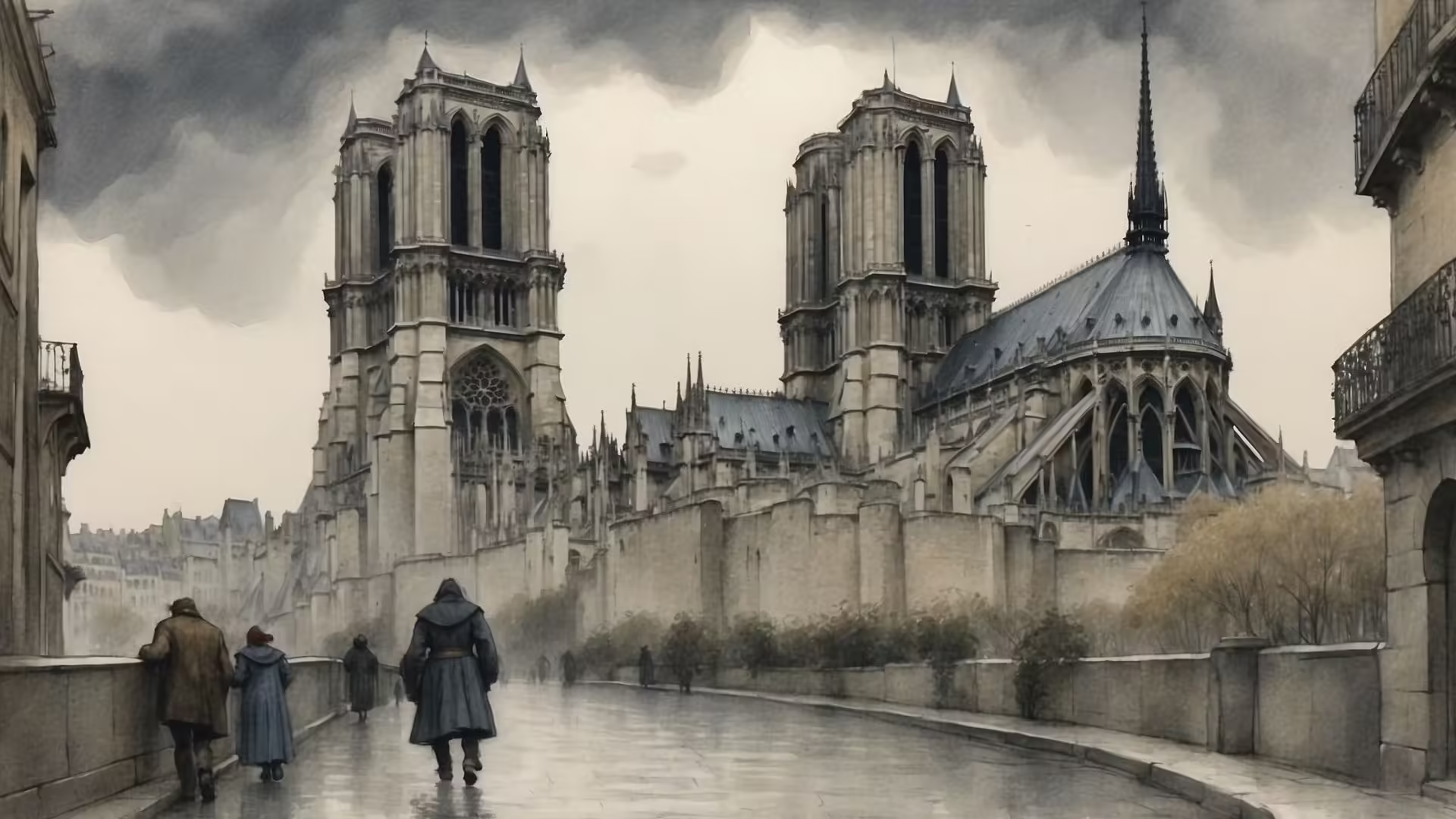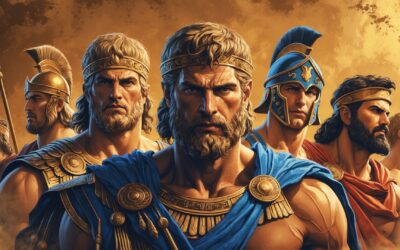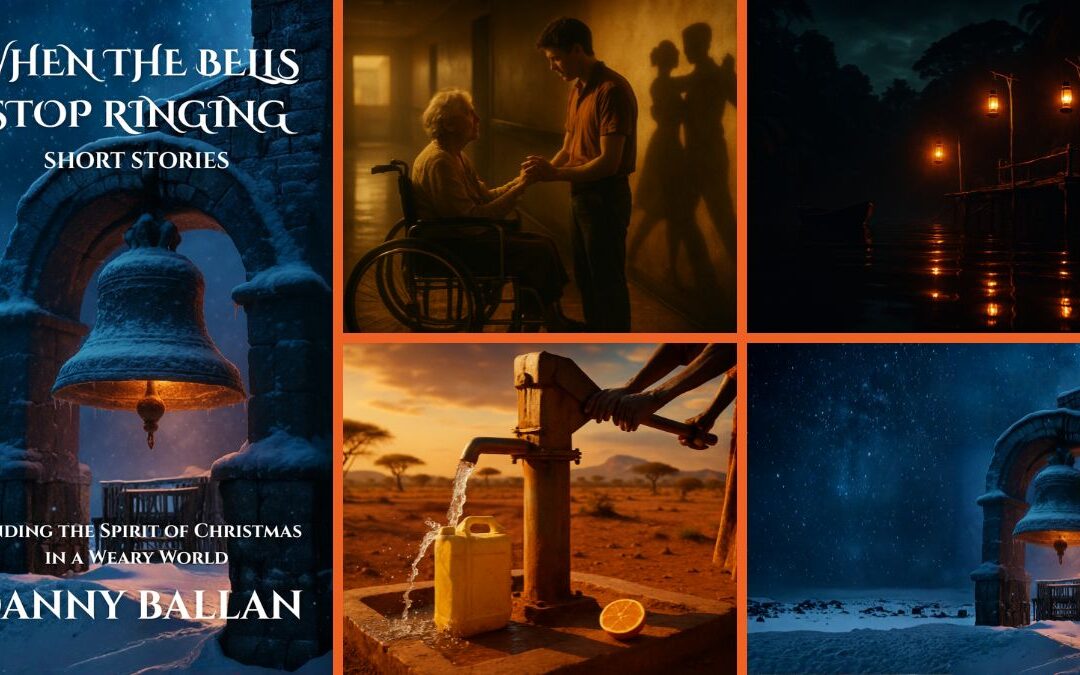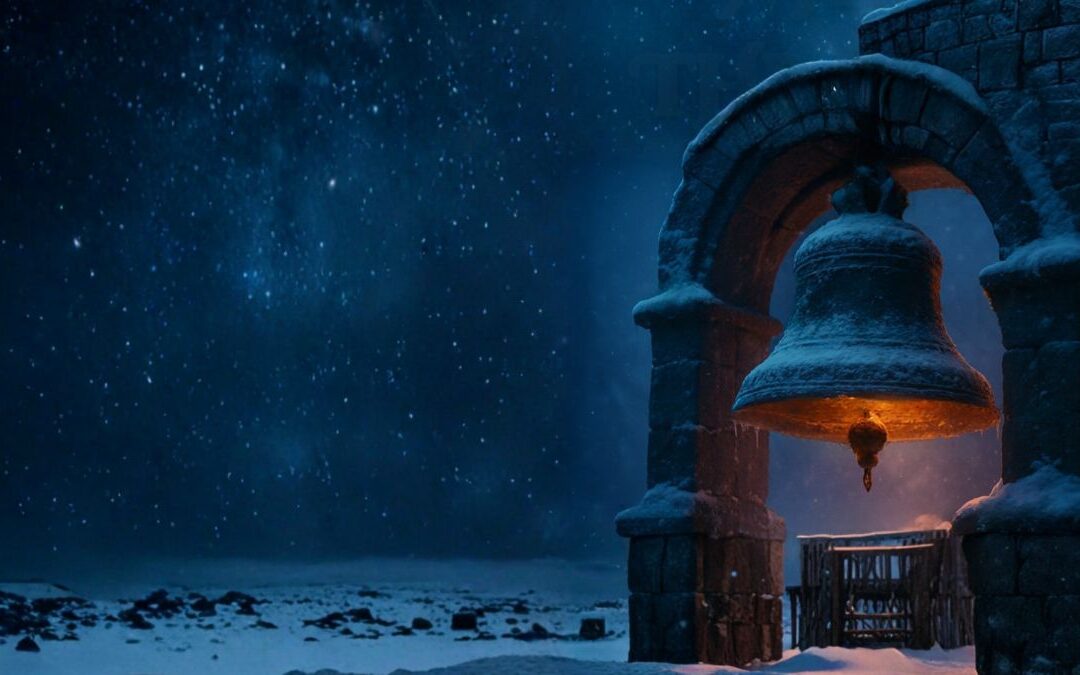The Gist
A Story Beyond a Love Triangle
At first glance, The Hunchback of Notre-Dame may seem like a love triangle between Quasimodo, Esmeralda, and the obsessive priest Claude Frollo. But the novel is so much more than that. It’s a story about the beauty and tragedy of unrequited love, the cruelty of societal judgments, and the inevitable clash between individual desire and institutional power. Hugo weaves these themes seamlessly into the fabric of medieval Paris, with the iconic Notre-Dame Cathedral standing as both a silent witness and an active participant in the drama.
The story is filled with heart-wrenching moments, where characters fight not just for love, but for acceptance. Quasimodo, despite his deformity and isolation, develops a deep affection for Esmeralda—a love that is pure and unselfish. In contrast, Frollo’s love for Esmeralda turns into an all-consuming obsession, showing how love can become destructive when fueled by control and possessiveness.
Hugo’s Social Commentary
Victor Hugo uses the story to critique the harsh realities of society, exposing how people are often judged based on appearances rather than character. Quasimodo’s deformity makes him an outcast, even though he is capable of great kindness and loyalty. Meanwhile, Esmeralda, despite her beauty and innocence, is marginalized for being a gypsy, showing how prejudice can take many forms.
Through these characters, Hugo asks profound questions: Who decides what is beautiful? What makes a person truly good or bad? These questions resonate with readers even today, as issues of appearance, bias, and social exclusion remain relevant.
The Symbolism of Notre-Dame Cathedral
Notre-Dame Cathedral isn’t just a backdrop for the story—it’s a character in its own right. Hugo describes the cathedral in vivid detail, emphasizing its grandeur, mystery, and significance. It represents both stability and change, standing firm as the lives of the characters unravel. The cathedral is also a symbol of hope and redemption, offering sanctuary to Esmeralda and a sense of belonging to Quasimodo, who finds solace in its bells and towers.
Hugo’s love for architecture is evident throughout the novel. In fact, one of his motivations for writing the book was to raise awareness about the deteriorating state of Notre-Dame and encourage its preservation. His vivid descriptions reignited public interest in the cathedral, leading to efforts to restore it.
Themes of Fate and Tragedy
At its core, The Hunchback of Notre-Dame is a tragedy, with characters trapped by circumstances beyond their control. Quasimodo’s deformity, Frollo’s obsession, and Esmeralda’s kindness all play roles in their respective downfalls. Hugo explores the idea of fate—how the paths of these characters are intertwined, leading them toward inevitable doom. The novel suggests that love and goodness don’t always triumph, but they are still worth pursuing.
The tragic ending, where Quasimodo mourns over Esmeralda’s lifeless body, is a powerful reminder that life is often unfair. Yet, it also shows the beauty of love that expects nothing in return. Quasimodo’s devotion to Esmeralda, even after her death, exemplifies the depth of human emotion that transcends physical appearance and societal norms.
The Enduring Legacy of the Novel
Since its publication in 1831, The Hunchback of Notre-Dame has captivated readers around the world. Its themes of love, beauty, and social justice remain as relevant today as they were in Hugo’s time. The novel has inspired countless adaptations, including films, operas, and stage productions, each bringing new interpretations to the timeless story.
Perhaps the most significant legacy of the novel is the way it transformed how people view Notre-Dame Cathedral. Hugo’s passionate descriptions of the cathedral’s beauty and significance sparked a movement to restore it, ensuring that it would remain a symbol of Paris for generations to come.
Final Thoughts
The Hunchback of Notre-Dame isn’t just a story about a hunchback or a cathedral—it’s a reflection of the human experience. It explores the complexities of love, the cruelty of social judgments, and the struggle for acceptance. Hugo’s masterpiece challenges readers to look beyond appearances and embrace the beauty in imperfection. Whether it’s Quasimodo’s silent devotion, Esmeralda’s kindness, or Frollo’s tragic downfall, the novel offers a glimpse into the heights and depths of human emotion.
This is a story that stays with you long after you’ve turned the last page. It reminds us that love, in all its forms, is worth pursuing—even when it doesn’t come with a happy ending. And it shows us that beauty isn’t just in what we see—it’s in the kindness we offer, the acceptance we seek, and the connections we make.
Let’s Talk
So, let’s dive a bit deeper into The Hunchback of Notre-Dame. What strikes me the most is how Hugo weaves together this complex idea of beauty—how it’s not always what we think it is, right? Quasimodo, with his hunched back and distorted features, is seen as a monster by nearly everyone around him. But the irony is that he shows the most love, loyalty, and humanity. Meanwhile, Esmeralda—who is undeniably beautiful—is treated unfairly because of her background, her beauty working against her as much as it works for her. It makes you think: How often do we judge people based on appearance without giving them a chance to show who they are?
This idea of looking beyond the surface hits close to home, doesn’t it? I mean, how many times have you felt misunderstood or judged for something beyond your control—maybe the way you dress, how you talk, or even where you come from? That’s what makes this story so relatable, even though it was written nearly two centuries ago. It’s a reminder that compassion is about seeing people for who they truly are, not just what they look like or the labels society puts on them.
Another thing worth reflecting on is the idea of unrequited love. Quasimodo’s love for Esmeralda is heartbreaking, not because it’s unreturned, but because it’s so pure. He never expects anything from her—he just loves her in the way he knows how, silently and selflessly. That kind of love might seem rare today, right? In a world where we’re often taught to expect something in return, what does it mean to love without expectation? Have you ever cared for someone without hoping they’d feel the same way? It’s not always easy, but when you do, it feels like the truest kind of love, doesn’t it?
And then there’s Claude Frollo. His love—or obsession, really—is a stark contrast to Quasimodo’s. Frollo’s version of love is controlling and destructive, showing how love, when twisted by selfishness, can become dangerous. It’s a powerful lesson about boundaries and knowing when love becomes possession. We’ve all encountered people like Frollo, haven’t we? Those who say they care but seem more focused on controlling than understanding. It’s a reminder that love without freedom isn’t love at all—it’s something else entirely.
What’s fascinating is how the Notre-Dame Cathedral plays such a central role, almost like a silent observer to all these events. It makes you wonder—what places in our own lives hold that kind of significance? Maybe it’s a park bench where you had a meaningful conversation or a café where you felt at peace. Physical spaces carry memories and meaning, just like the cathedral does in the novel. It makes me think: What places in your life have shaped your story? And how often do we stop to notice the way certain spaces make us feel connected or disconnected?
Ultimately, The Hunchback of Notre-Dame shows us that life isn’t always fair—good people suffer, love doesn’t always get returned, and appearances can be deceiving. But within that unfairness, there’s beauty. Quasimodo’s final act—lying down beside Esmeralda’s body, choosing to stay with her even in death—is tragic but also profoundly beautiful. It’s a reminder that love isn’t about happy endings—it’s about the moments of connection we find along the way.
So here’s a question to leave you with: When was the last time you saw beyond someone’s exterior and discovered something beautiful inside? And what’s a small way you can offer compassion today, even when it’s not expected or returned? Maybe, just maybe, the world would be a little better if we all embraced a bit of Quasimodo’s quiet kindness.
Let’s Learn Vocabulary in Context
Let’s dive into some of the key words and phrases from our conversation about The Hunchback of Notre-Dame and explore how they show up not just in literature, but in everyday life too. These are the kinds of words that, once you become familiar with them, you start noticing all over the place.
First, let’s start with unrequited love. In the novel, Quasimodo’s love for Esmeralda is one-sided, which makes it unrequited. It’s the kind of love where your feelings aren’t returned. In life, we’ve all experienced a version of this—maybe a crush on someone who didn’t feel the same way. “He had to accept that his feelings for her were unrequited, and it was time to move on.”
Next up is obsession, which we saw through Frollo’s unhealthy attachment to Esmeralda. Obsession goes beyond interest—it’s an all-consuming fixation. “She’s obsessed with solving that puzzle; she won’t stop until she figures it out.”
Compassion plays a huge role in the story, especially in Quasimodo’s gentle treatment of Esmeralda. Compassion is about empathy and kindness, especially toward those who are suffering. “He showed great compassion by helping his friend through a tough time, even though he had his own struggles.”
Now, let’s talk about prejudice. Esmeralda faces prejudice because of her background as a gypsy, reminding us that prejudice means forming opinions about people without knowing them. “It’s hard to break free from prejudice when people judge you before they even know you.”
We also have sanctuary—a place where someone feels safe. Notre-Dame served as a sanctuary for Esmeralda, offering her protection. “After a long week, my home feels like a sanctuary where I can relax and unwind.”
Then there’s fate—the idea that life’s events are predetermined. Hugo’s story suggests that the characters’ lives are shaped by fate, with little room to change course. In real life, fate is often used to describe those moments that feel like they were meant to happen. “It felt like fate when we bumped into each other after all these years.”
Redemption is another powerful theme. Quasimodo, despite his suffering, finds a kind of redemption through his selfless actions. Redemption means making up for past mistakes or finding peace. “Volunteering gave him a sense of redemption after years of feeling disconnected from his community.”
Let’s not forget judgment, which plays a major role in the novel. Characters are judged based on appearance rather than who they are. In life, it’s easy to fall into judgment without realizing it. “It’s important to pause and rethink our judgments before jumping to conclusions.”
We also discussed architecture, with Hugo’s detailed focus on Notre-Dame Cathedral. Architecture refers not just to buildings, but to the design and structure of anything—like writing, relationships, or even routines. “The architecture of the novel is fascinating, with every chapter carefully building on the next.”
And finally, devotion—Quasimodo’s unwavering loyalty to Esmeralda. Devotion means giving yourself fully to someone or something, even without expecting anything in return. “Her devotion to her family is inspiring; she always puts them first.”
Here are a couple of questions to think about: When was the last time you acted with compassion, even when it wasn’t easy? And how do you think fate and choice balance each other out in your own life?










0 Comments